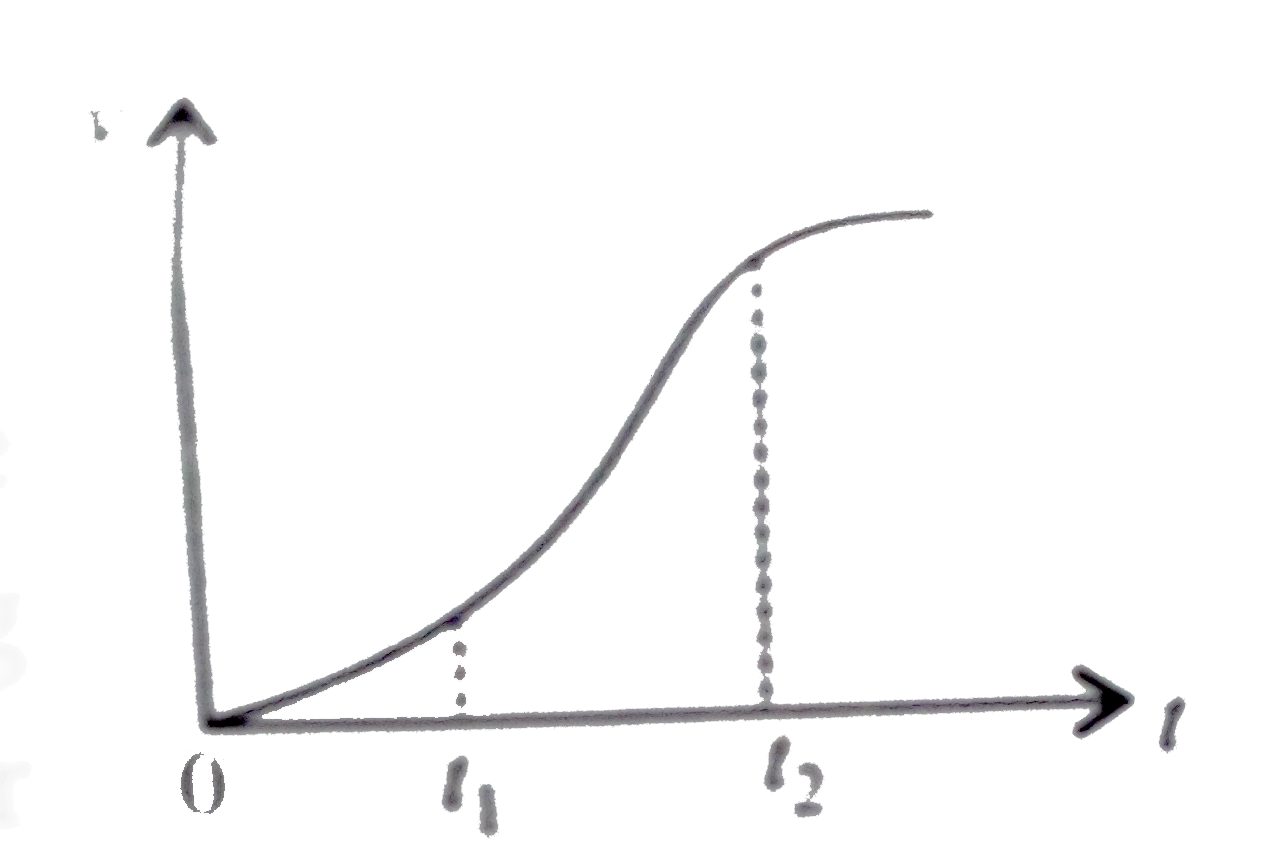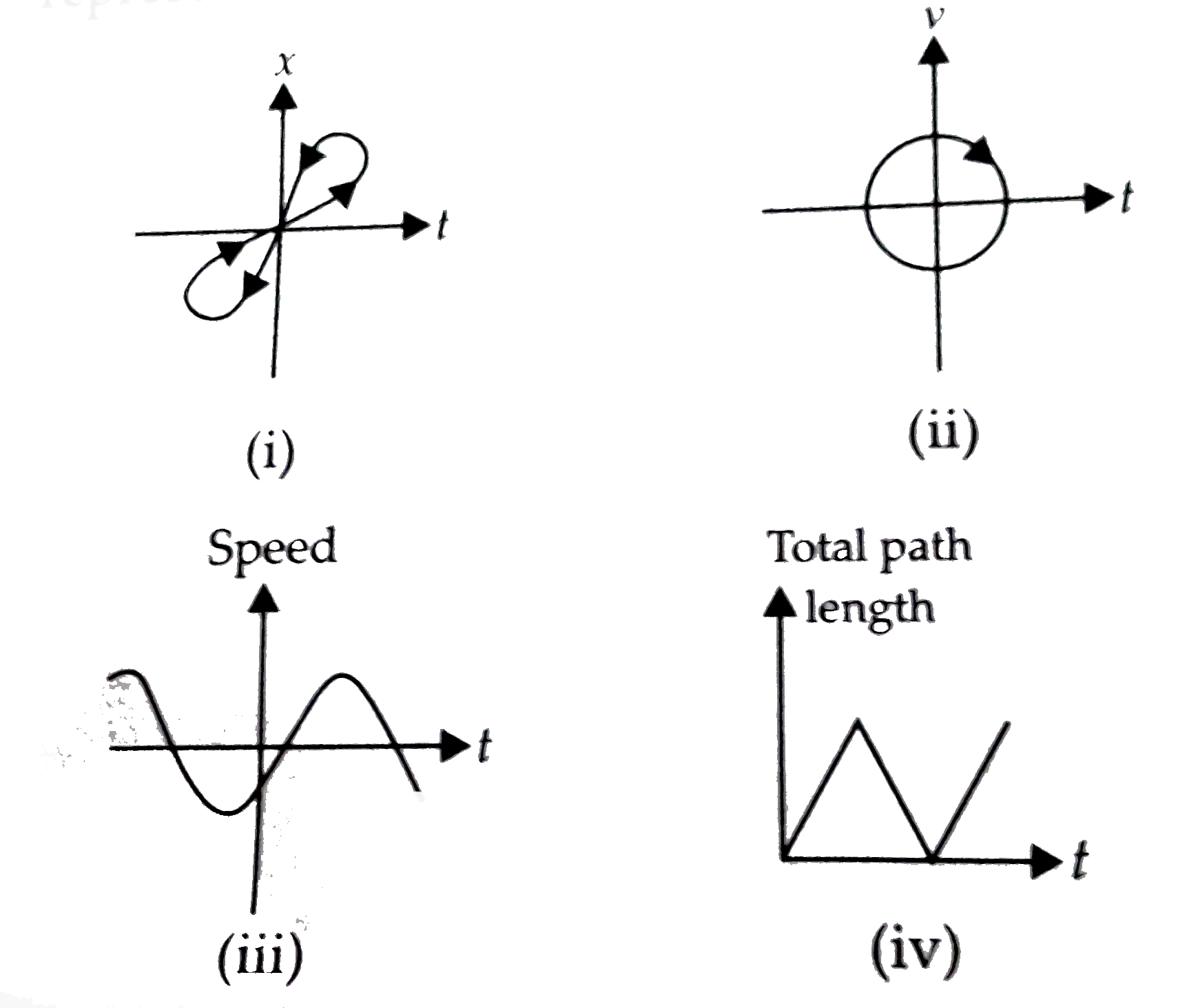Which of the following relates to photons both as wave motion and as a stream of particles?
Interference
E=mc2
Diffraction
E=hv
The correct Answer is:D
Step by step video & image solution for Which of the following relates to photons both as wave motion and as a stream of particles? by Chemistry experts to help you in doubts & scoring excellent marks in Class 11 exams.
Updated on:21/07/2023Topper's Solved these Questions
- ATOMIC STRUCTUREBOOK - CENGAGE CHEMISTRY ENGLISHCHAPTER - ATOMIC STRUCTUREEXERCISE - Exercises Assertion And Reason
21 Videos
- ATOMIC STRUCTUREBOOK - CENGAGE CHEMISTRY ENGLISHCHAPTER - ATOMIC STRUCTUREEXERCISE - Exercises Integer
11 Videos
- ATOMIC STRUCTUREBOOK - CENGAGE CHEMISTRY ENGLISHCHAPTER - ATOMIC STRUCTUREEXERCISE - Exercises Multiple Correct
45 Videos
- APPENDIX - INORGANIC VOLUME 1BOOK - CENGAGE CHEMISTRY ENGLISHCHAPTER - APPENDIX - INORGANIC VOLUME 1EXERCISE - chapter-7 Single correct answer
1 Videos
- CHEMICAL BONDING AND MOLECULAR STRUCTUREBOOK - CENGAGE CHEMISTRY ENGLISHCHAPTER - CHEMICAL BONDING AND MOLECULAR STRUCTUREEXERCISE - Archives Subjective
15 Videos
Similar Questions
Knowledge Check
Which of the following statements is not correct regarding the motion of a particle in a straight line?
Ax-t graph is a parabola, if motion is uniformly accelerated.Bv-t is a straight line inclined to the time-axis, if motion is uniformly accelerated.Cx-t graph is a straight line inclined to the time axis if motion is uniform and acceleration is zero.Dv-t graph is a parabola if motion is uniform and acceleration is zero.The velocity-time graph of a particle in one-dimensional motion is shown in the figure. Which of the following formulae is correct for describing the motion of the particle over the time interval t1 to t2?
 Ax(t2)=x(t1)+v(t1)(t2−t1)+(12)a(t2−t1)2Bv(t2)=v(t1)+a(t2−t1)Cvaverage=x(t2)+x(t1)t2−t1Daaverage=v(t2)−v(t1)t2−t1
Ax(t2)=x(t1)+v(t1)(t2−t1)+(12)a(t2−t1)2Bv(t2)=v(t1)+a(t2−t1)Cvaverage=x(t2)+x(t1)t2−t1Daaverage=v(t2)−v(t1)t2−t1Which of the following graphs cannot possibly represent one dimensional motion of a particle?
 A(i) and (ii)B(ii) and (iii)C(i), (ii) and (iii)DAll four
A(i) and (ii)B(ii) and (iii)C(i), (ii) and (iii)DAll four
Which of the following statements are true for wave motion?
View SolutionWhich of the following pairs of graphs does not represent the motion of he same particle in the same interval (curves are parabollic):−
View SolutionWhich of the following relations representing displacement x (t) of particle describes motion with constant acceleration?
View SolutionWhich of the following graphs cannot possibly represent one dimensional motion of a particle?

View SolutionA particle moves with uniform velocity. Which of the following statements about the motion of the particle is true?
View Solution
